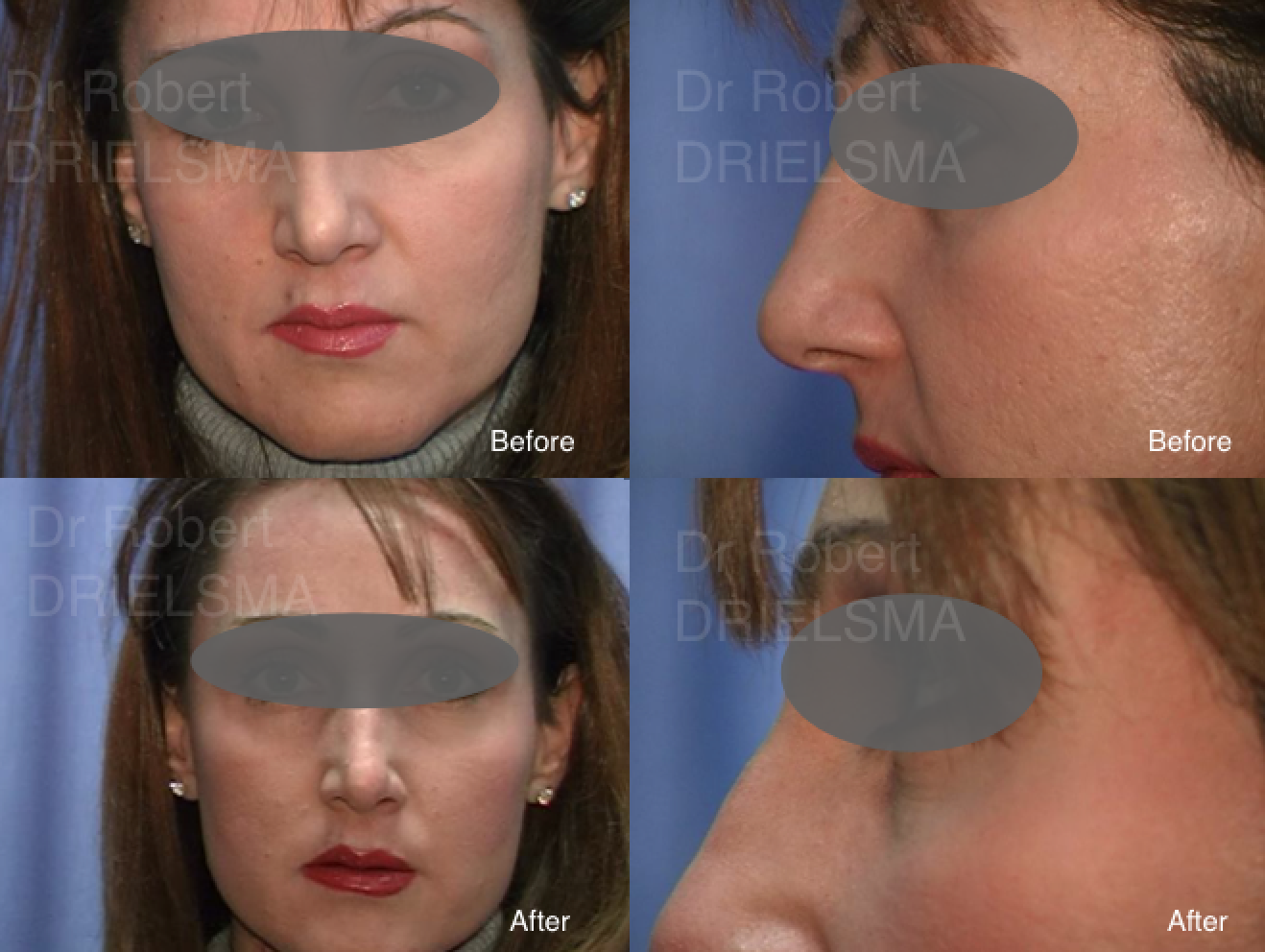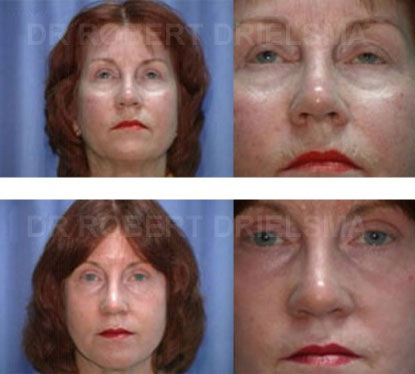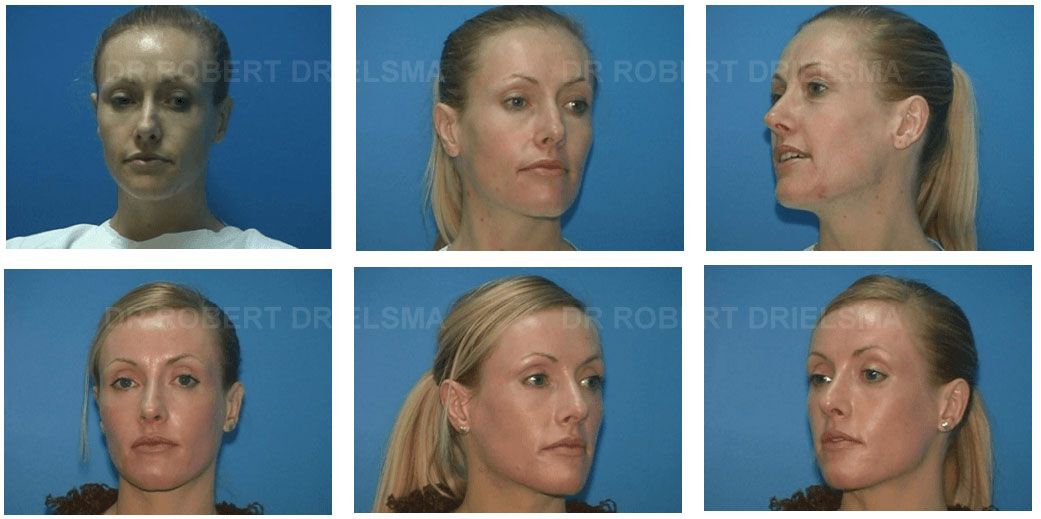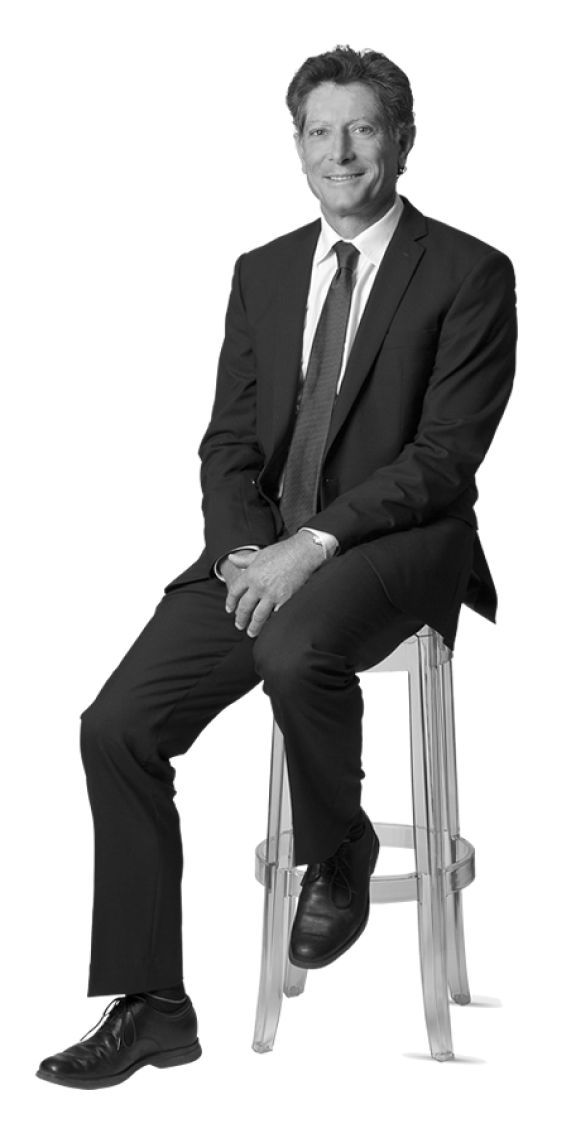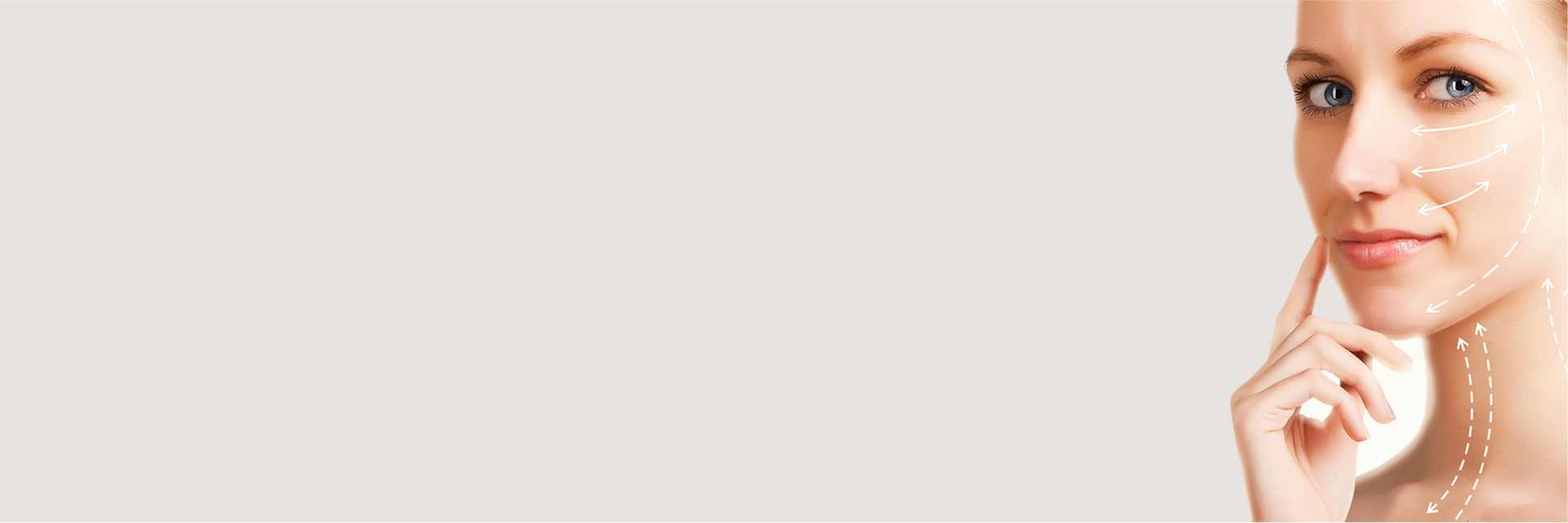
There are three ways to achieve effective skin ablation for resurfacing.
These are:
a) Chemical peeling, whereby an acid is used to burn into the skin layers: this is effective but messy and lacks control.
b) Dermabrasion whereby a physical abrasion with a burr denudes the skin: again this is messy and not that controlled – but when done effectively works well
c) Laser ablation whereby a high powered focused beam of light ablates skin layers into the dermis : because the light beam seals blood vessels, this is a relatively clean and neat procedure. Also, because the amount of energy delivered to the skin can be carefully controlled, this is a relatively precise technique with accurate control of the depth of ablation achieved.
Laser Resurfacing is now preferred to dermabrasion and chemical peel or can be used in conjunction with other facial rejuvenation procedures.
The effectiveness of laser resurfacing depends on the level of ablation into the dermis. A deep resurfacing into the mid dermis will give the most effective result. This depth of burn is associated with a raw skin (like sunburn) healing phase of 7 to 10 days and a subsequent period of skin redness for a further 3 to 4 weeks. Commonly used lasers that can readily achieve the depth of burn to achieve adequate results include the carbon dioxide (Co2), erbium lasers and modern ablative FRAXEL lasers. Q-swith ruby lasers can give a gentler treatment with short downtime recovery.
The laser has greater advantages over the older methods in accuracy and precision. The laser allows the skin to be vaporised in a controlled method layer by layer.
**Results may vary for individual to individual
Before and After Gallery
Laser Resurfacing
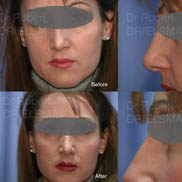
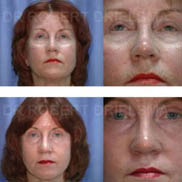
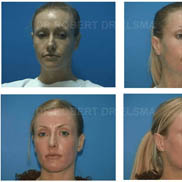
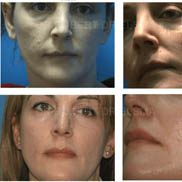
Laser Resurfacing procedures in Sydney by Dr Robert Drielsma. Laser resurfacing is a technique to improve wrinkles, discolorations and acne scars of the face. Resurfacing techniques involve ablation of the epidermis, the superficial layer of the skin, and a variable depth of ablation of the dermis, the structural supportive layer of the skin.
With over 25 years experience, Dr Drielsma uses three techniques for Laser Resurfacing; chemical peeling, dermabrasion, and laser ablation to ensure you are satisfied with your results.
View the many before and after results showcased above. These are typical, 100% realistic results that you too can achieve.
**Results may vary for individual to individual
More examples of Laser Resurfacing Before and After Photos are available at our clinic. These can be viewed during your consultation as some previous patients prefer we show their before and after images in our clinic.
Dr Robert Drielsma, a highly experienced plastic surgeon, focuses on natural-look results that can help you balance your natural proportions. He only operates from accredited major hospitals using only experienced anaesthetists, with a top team of surgical support staff.
Every women has a unique body shape and overall body proportions. During your consultation, Dr Drielsma will discuss your desires and options, ensuring you are informed on your achievable options.
Want more information before scheduling your Surgeon consultation?
- Request further information about the procedure – call or contact us
- Book a Complimentary patient Advisor Consultation (FREE)
- Organise a phone call with Patient Advisor (FREE)
- Also speak with a past patient that has had the procedure – call or contact us
Meet our Specialist Plastic Surgeon Dr Robert Drielsma
MBBS, BSc(Med), FRACS
(AHPRA MED00001073756)
Dr Drielsma is an Australian trained Specialist Plastic Surgeon with over 30 years of extensive experience in plastic surgery of the face, breasts and body. He is a fellow of the Royal Australasian College of Surgeons (FRACS), a member of the Australian Society of Plastic Surgeons (ASPS) and a member of the Australian Society of Aesthetic Plastic Surgeons (ASAPS)

Laser Resurfacing FAQ
- What are the advantages of laser?
- Am I suitable for laser resurfacing?
- How long does it take?
- Is hospitalisation required?
- Does it hurt?
- What should I expect after surgery?
- Will my skin be more sensitive?
- Is this permanent?
- Are there any complications that may occur?
-
Next Step
- Next Step : Book your Initial Consultation
- What to Bring to your Surgeon Consultation
**Individual results may vary. All surgery carries risks.
You should seek a second opinion from an equally qualified Specialist Plastic Surgeon before proceeding with surgery.


 Before & After
Before & After